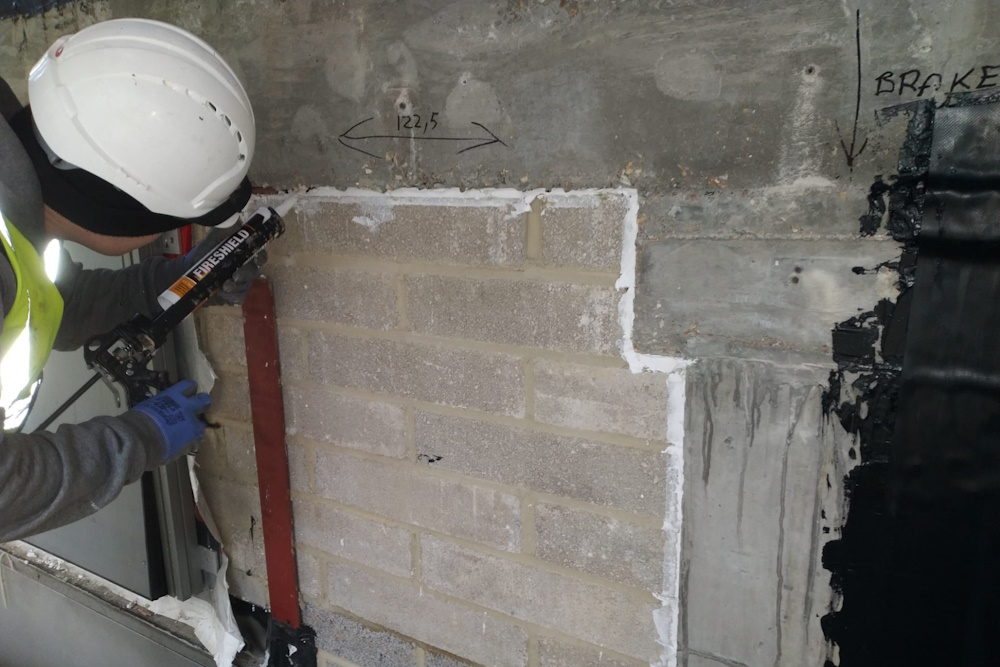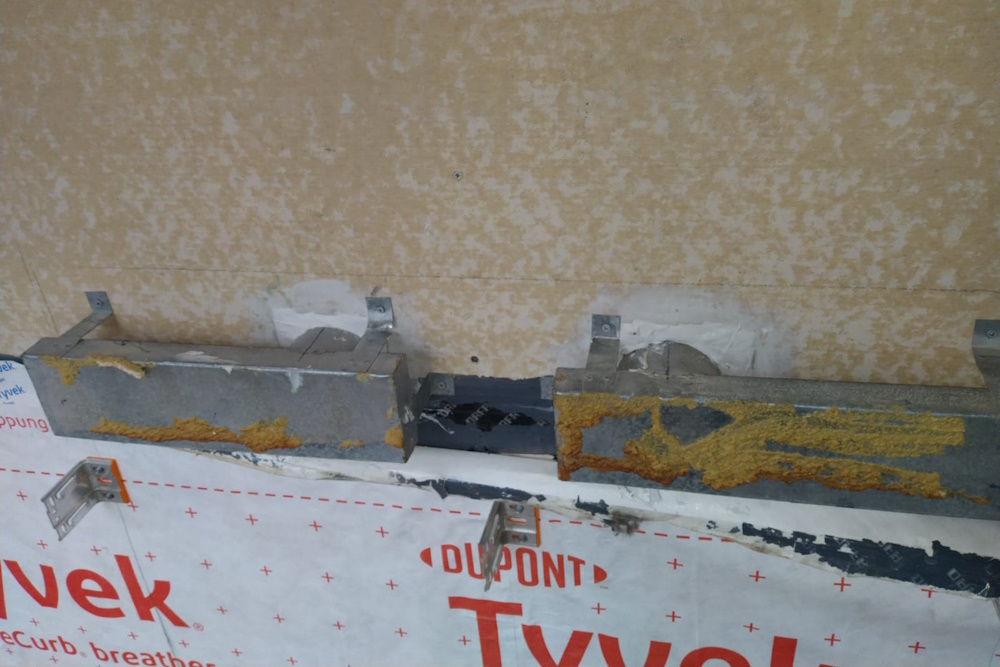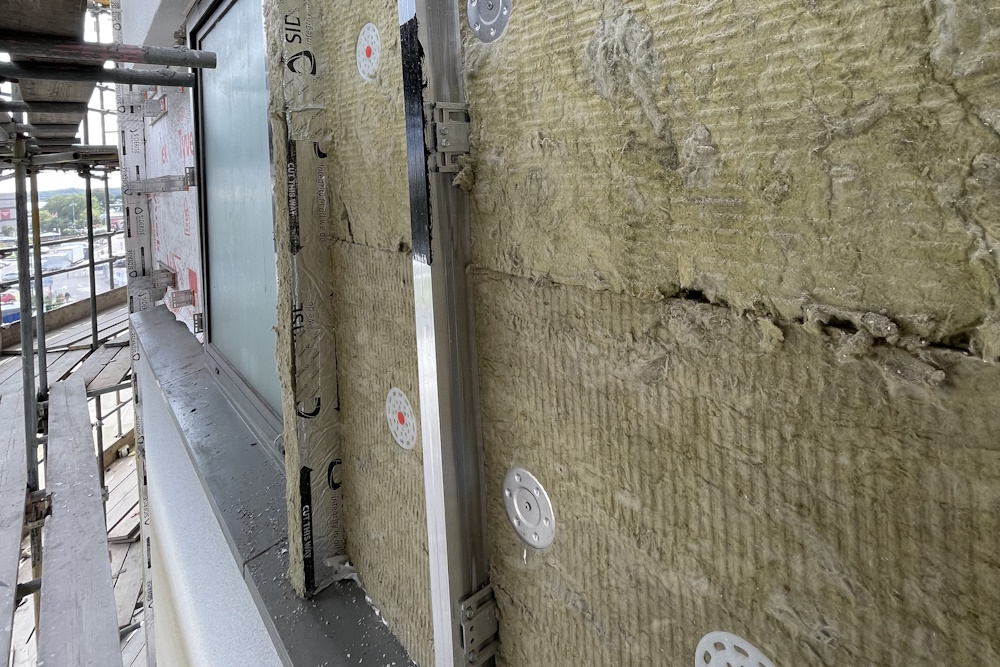Protecting your property and occupants from smoke and fire hazards.
Passive fire protection comprises various measures implemented within buildings to limit the spread of fire, protect structural integrity, and provide valuable time for evacuation. It includes fire-resistant materials, such as fire-rated walls, floors, and doors, as well as fire seals and smoke barriers.
Passive fire protection systems do not require activation and work automatically during a fire incident. By containing flames and smoke, these measures help prevent the rapid spread of fire, safeguarding lives and property while assisting firefighters in their efforts to control and extinguish the blaze.

Appropriate accreditations
Staff accreditations are essential because they ensure that the staff members have the necessary skills and knowledge
Committed and dedicated team
Our team work together, take individual responsibility, put in extra effort, and sacrifice personal time to meet deadlines
Monitoring and estimating
Systems for estimating such as ERP are important tools in our trade as they help us plan and execute projects
We get the job right first time
By planning and preparing as much as possible, we know we're going to get the job done right the first time
Good work ethics and values
All of our staff work to strict guidelines governing their approach to work including punctuality and commitment
One stop shop
By employing staff from a range of various trades, we're able to simplify the buying process

Fire safety is a critical aspect of building design and construction. One key component in ensuring the safety of occupants and minimizing the spread of fire is fire stopping. Fire stopping refers to the implementation of various materials, techniques, and systems to prevent the spread of fire, smoke, and toxic gases through openings in walls, floors, and other building elements. In this article, we will delve into the importance of fire stopping, its key principles, common fire stopping methods, and the role it plays in enhancing building safety.
Fire stopping is of paramount importance in modern building design. It acts as a barrier, preventing the spread of fire and smoke from one area to another. This containment allows occupants to safely evacuate the premises and provides additional time for firefighters to control and extinguish the fire. Fire stopping also helps protect vital structural elements, such as load-bearing walls and floors, from the destructive effects of fire, maintaining the integrity of the building and reducing the risk of collapse.
Effective fire stopping relies on several key principles. Firstly, fire-resistant materials must be used, such as fire-rated walls, doors, and floor assemblies. These materials are designed to withstand the high temperatures generated by fire for a specified period, thus slowing down its progress.
Secondly, fire barriers should be continuous, meaning that there should be no gaps or openings that could allow the passage of fire and smoke. Sealing all penetrations, such as pipes, ducts, cables, and gaps around service openings, is crucial to achieving this continuity. Thirdly, regular inspection, maintenance, and repair of fire stopping systems are essential to ensure their ongoing effectiveness.
Several methods are employed in fire stopping, depending on the nature of the building and the specific requirements. Fire-resistant sealants and caulks are commonly used to fill gaps and joints in fire-rated walls, ceilings, and floors.


